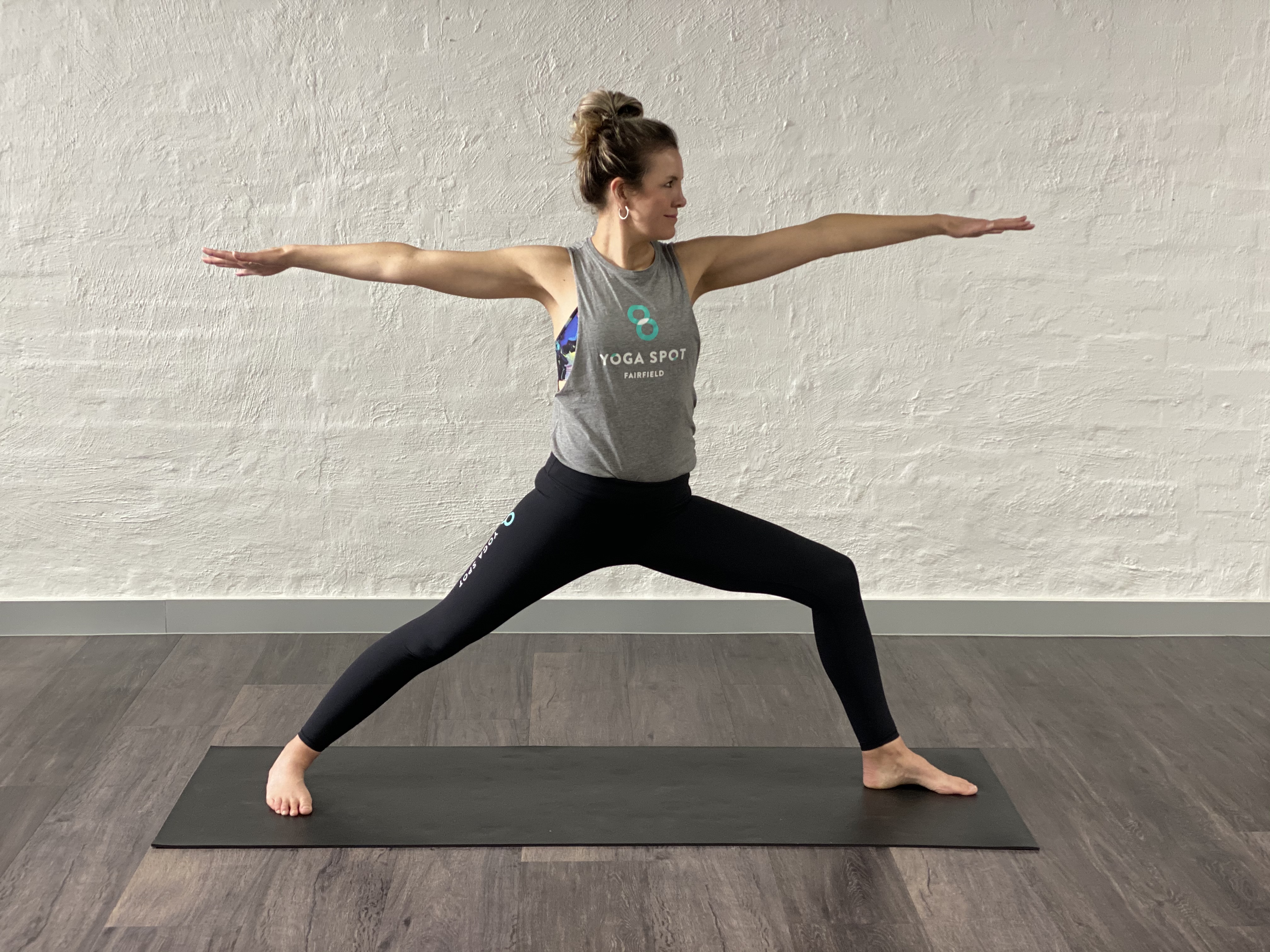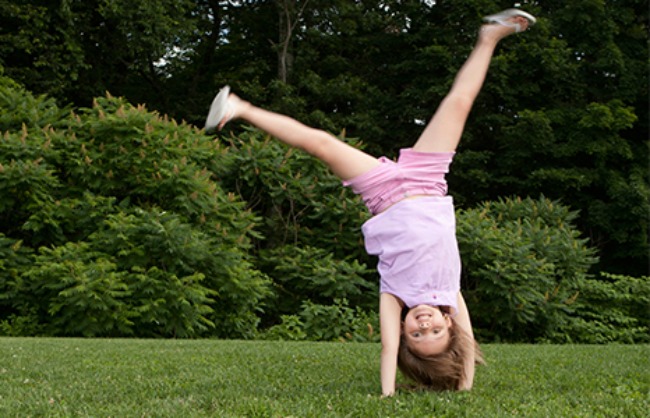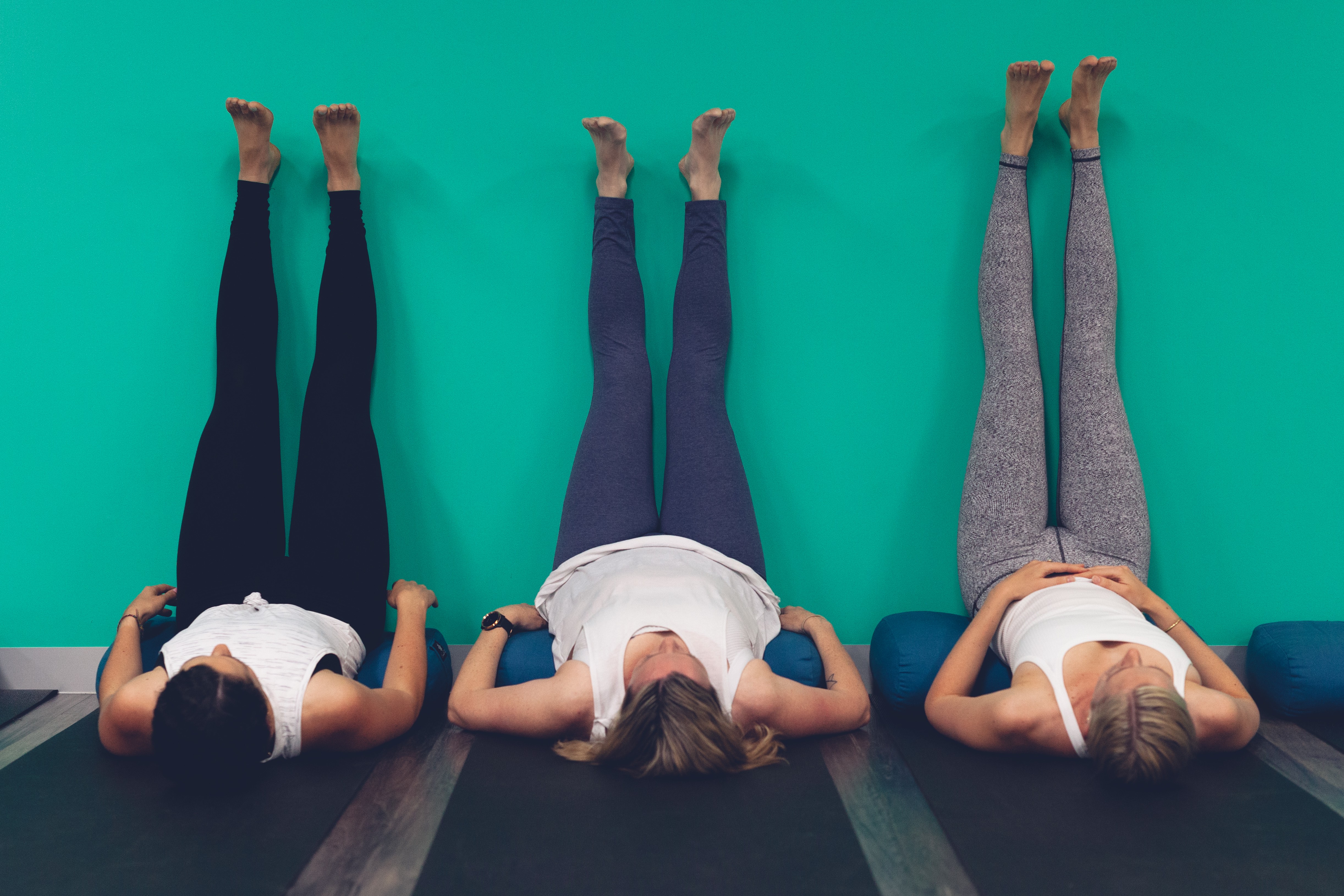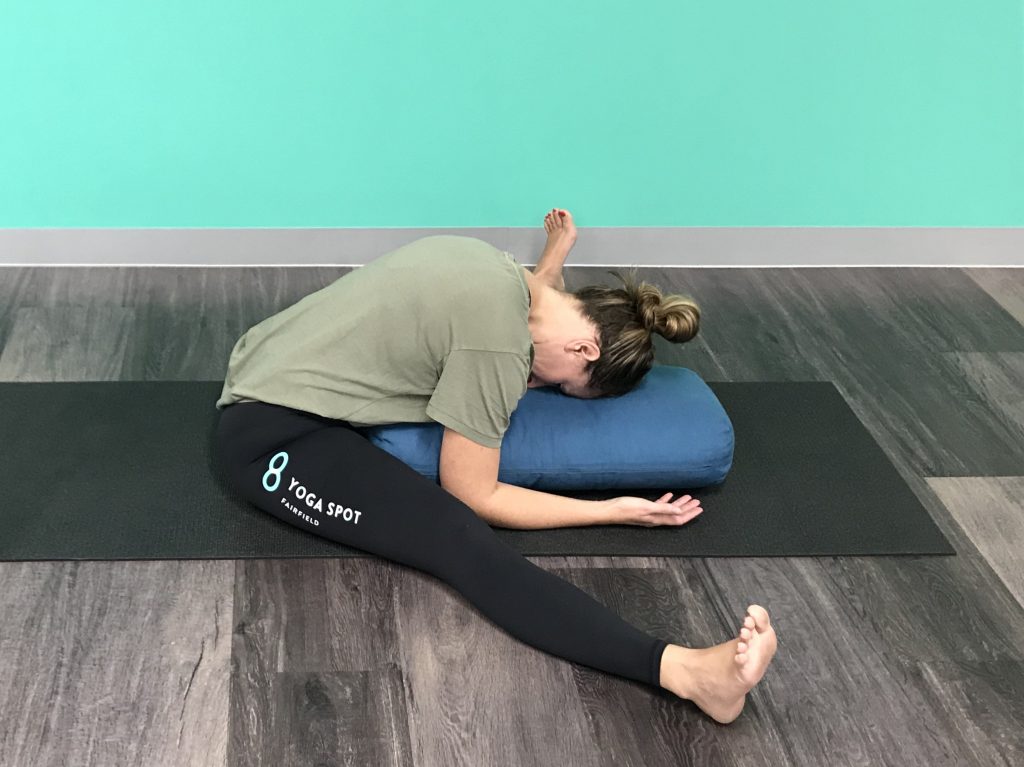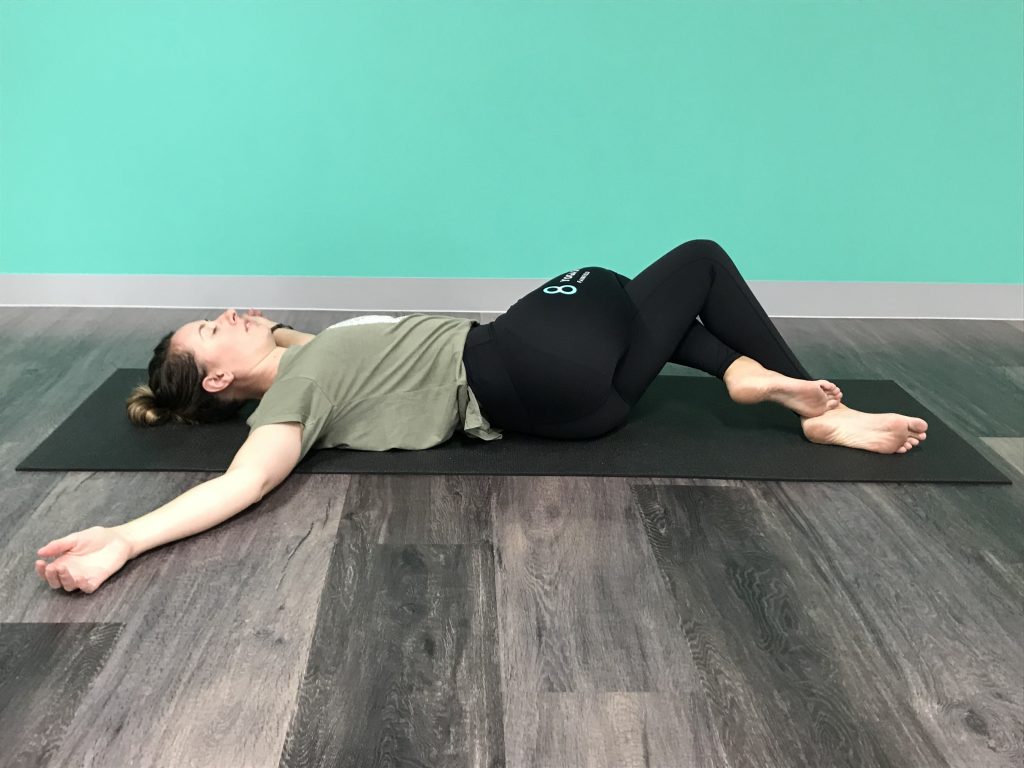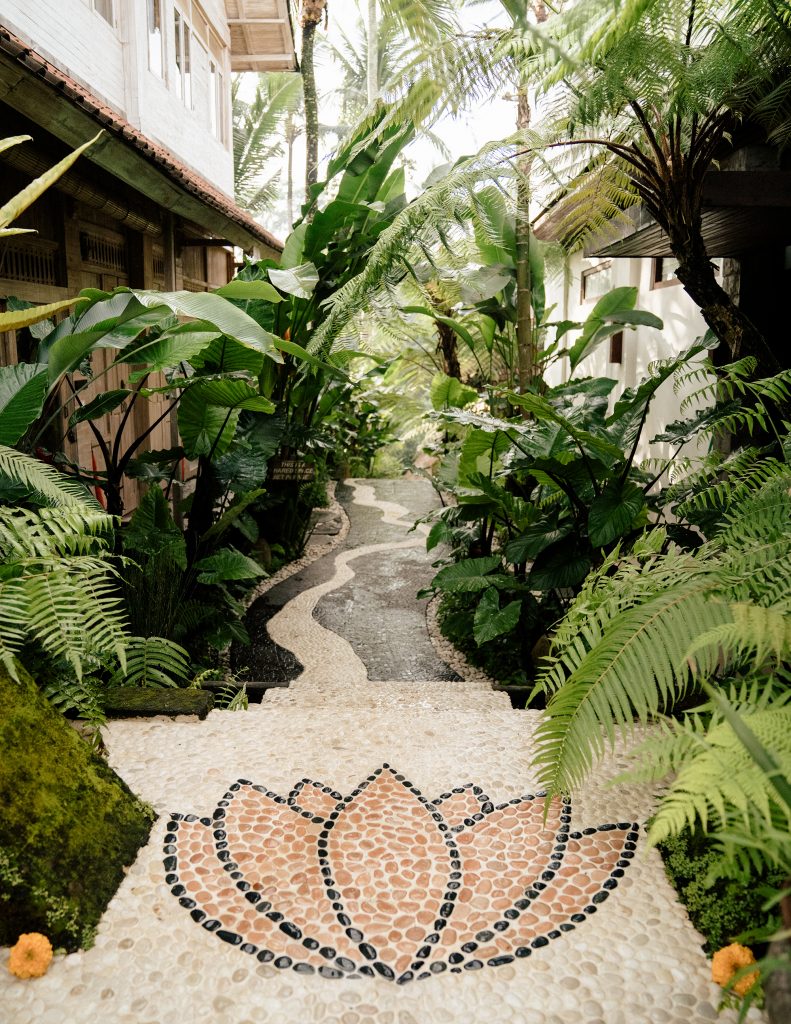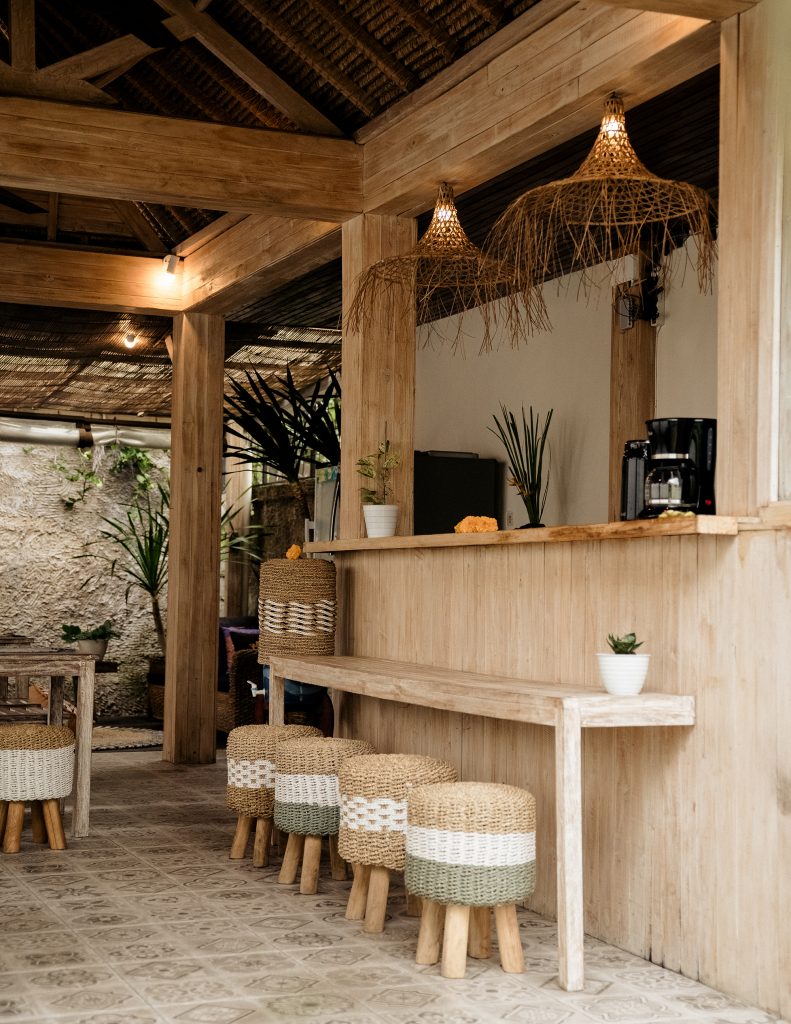By Stef Markidis
You’ve found a space between the fridge and dining table to unfurl your mat, you’ve rolled up an old beach towel as your makeshift yoga bolster – you’re ready to go!
But how to stay aligned without your yoga teacher in your home with you to assist?
Follow this checklist – from head to toe – to develop your own body awareness. You can do it while standing in mountain pose, and check in with each part of your body throughout your practice.
Head and neck
Relax your face. Unclench your jaw. Tuck your chin slightly to allow your neck to lengthen.
Yogi tip: Think of your neck as an extension of your spine.
Check your neck in: Baby cobra pose. Keep your neck elongated so your gaze is slightly forward of your mat.
Shoulders
Relax your shoulders, drawing them down away from your ears. Open your chest to ensure you’re not hunched forward. Imagine the tops of your shoulders in line with your ears.
Yogi tip: Practice visualisation. Imagine your shoulder blades sliding down your spine.
Check your shoulders in: Upward facing dog. Keep that space between your shoulders and ears.
Core
Remember your teacher’s words: ‘core switched on!’. A stablised core helps with overall alignment.
Yogi tip: Avoid ‘flaring’ your rib cage – draw in your lower ribs.
Check your core in: every pose.
Arms and hands
Whether bearing weight or creating a line of extension, don’t forget your arms and hands.
Yogi tip: practice stacking your joints to avoid injury.
Remember your arms in: Cat/cow pose. Shoulders, elbows and wrists are stacked in a line.
Hips
Standing in mountain pose, tuck your tailbone slightly, but be careful not to round your lower back.
Yogi tip: ‘Pelvis’ means ‘basin’ in Latin – keep a slight pelvic tilt to avoid spillage!
Check your hips in: Chair pose. Tuck, tuck, tuck your tail.
Feet
Distribute weight evenly between your feet. Allow your weight to bear downward, while actively pushing your feet into the mat.
Yogi tip: it’s common to overestimate your ‘hip distance’ stance.
Check your feet in: Extended side angle pose. Your back heel is grounded and a line of energy extends along your side body into your raised fingertips.
Every time you self-correct your alignment, take a mental picture of how it feels in your body. You’re developing proprioception, an awareness of your body in space that is sometimes known as a ‘sixth sense’!
With practice, your alignment will become muscle memory and you’ll be able to – quite literally – do it with your eyes closed!
